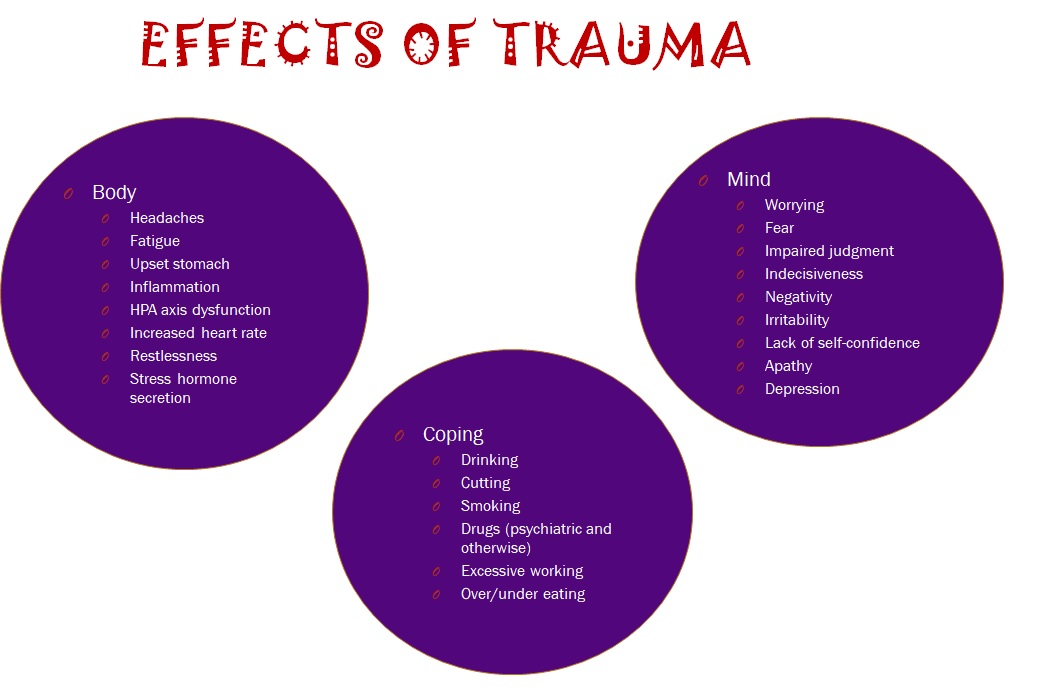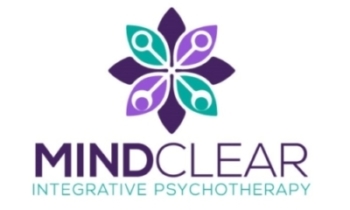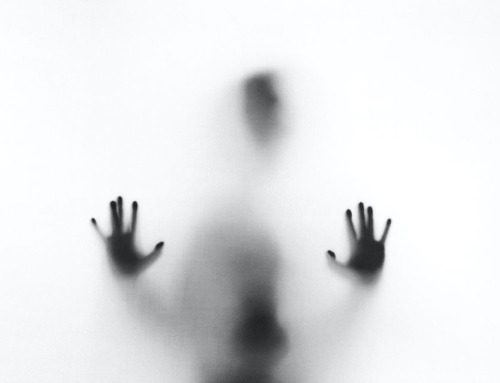Trauma, stress, and the body: It’s all connected
Dr. Noel Hunter teaches “Trauma, Growth, and Resilience” as part of the IDHA online course series
Too often people are of the belief that whatever has happened to them in the past stays in the past. That they should just get over it. If they are still affected by things from the past, it’s because they are just trying to blame others for their problems.
The problem? This line of thinking is not only most often false, it can be incredibly harmful.
Our experiences in life, regardless of what they may be, affect the function and structure of the brain, our overall physiology, and our perception of others and the stories we make of the world. Every subsequent experience is filtered through the lens of what we know; we do not exist in vacuums (and, if we did, this would be an experience in and of itself!). Complex trauma is, well, complex.
Long-term effects of complex trauma
Here are just some of the ways in which complex trauma and adversity affects a person over time:

Our bodies are meant for survival. When something threatens this, whether emotionally or physically, our body does not easily forget. Instead, it may enter into a somewhat permanent state of stress. This can wreak havoc on the body’s system and overwhelm a person’s ability to cope. The body starts to shut-down. Increasingly intense methods are needed to subdue the pain or release pent up and confusing emotions. Our mind struggles to create a narrative that makes sense of chaos, injustice, and turmoil.
One does not just “get over” this.
Healing from trauma
While it may not be possible to will oneself to forget, it certainly is possible to heal from trauma and adversity. It’s a process that may take years, despite what some of the more prescient hype might proclaim. To attend to the multi-faceted effects of trauma, especially childhood trauma, also requires a multi-faceted approach that cannot be rushed.
It really all depends on what has happened to a person. A one-time event for an adult who otherwise has a healthy support system, close and intimate relationships, and a solid sense of self might, indeed, find resolution within months. Most people, however, are much more complex.
Years and years of oppression, stress, chaos, distrust, and/or pain creates pathways within the brain and body that do not shift easily. This is especially true if trauma occurs during developmental years.
The recovery and healing process requires a focus on both mind and body. It involves learning to process emotions, healing the body, developing a sense of safety, learning to trust others and to form healthy relationships, and challenging one’s narrative that is based in trauma and suffering.
There are many ways in which one might find such healing. Yoga and meditation help with mindfulness and decreasing impulsiveness or reactivity. Exercise helps to nourish the body and give it energy. Peer/support groups help with perspective, empathy, and building community. Therapy can be helpful with bringing attention to interpersonal dynamics, and build a sense of trust and safety in others. All of these activities have been shown to have positive effects on the brain and one’s genetic make-up.
The take away…
Yoga, exercise, healthy social relationships, therapy – They all work to heal the toxic effects of trauma on the brain and body, with direct links to mortality risk. How amazing is that?!
Unfortunately, though, this does take time. Think of how hard it is to rewire a computer, and then just imagine the complexity of trying to rewire your brain.
Whatever combination of methods works for any given individual is discovered through exploration and time. We are complex beings, and no one-size-fits-all simplistic solution is going to solve anyone’s pain and suffering.










